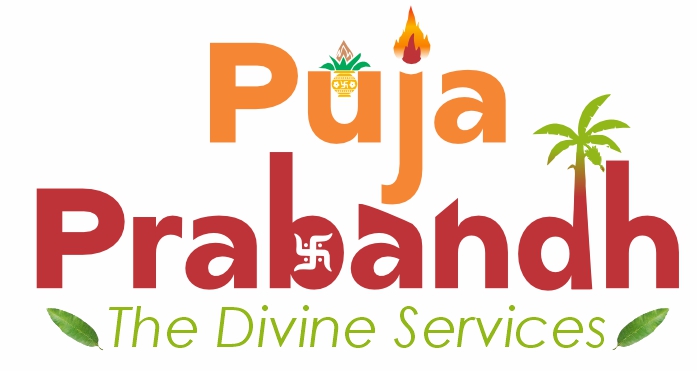
Govardhan Puja is a significant Hindu festival celebrated on the day after Diwali and marks the victory of Lord Krishna over the Indra (the god of rain and thunder). This event is celebrated primarily in North India, especially in Mathura and Vrindavan, where Lord Krishna is believed to have lifted the Govardhan Hill on his little finger to protect the villagers from Indra’s fury. The festival is a celebration of Lord Krishna’s divine protection and a reminder of the importance of devotion, humility, and the harmony between nature and humanity.
Govardhan Puja is performed to honor Lord Krishna and the Govardhan Hill, which is considered sacred. According to the legend, when Indra caused heavy rains and flooding to punish the people of Vrindavan for ceasing their worship of him, Krishna lifted the entire Govardhan Hill to provide shelter to the villagers. By doing so, he saved them from the destructive rains and proved the supremacy of devotion to God over rituals and pride.
The puja typically begins with devotees cleaning their homes and decorating them with rangoli (colorful patterns), lights, and flowers. The focus of the puja is the Govardhan Hill, which is symbolized by a small mound of cow dung or clay, often adorned with flowers, leaves, and ghee lamps. Devotees offer prayers, fruits, sweets, milk, and coconut to the hill as a mark of reverence.
In some regions, the Annakut (meaning “mountain of food”) is prepared, where a variety of vegetarian foods, including sweets and fruits, are arranged in the shape of a hill to symbolize the Govardhan Mountain. Devotees offer these food items to Lord Krishna and distribute them as prasadam.
The puja is concluded with the arati (waving of lights) and the chanting of bhajans or mantras to invoke Lord Krishna’s blessings for prosperity, peace, and protection.
Govardhan Puja is a celebration of gratitude for divine protection and the sustenance of life through nature’s bounty.

